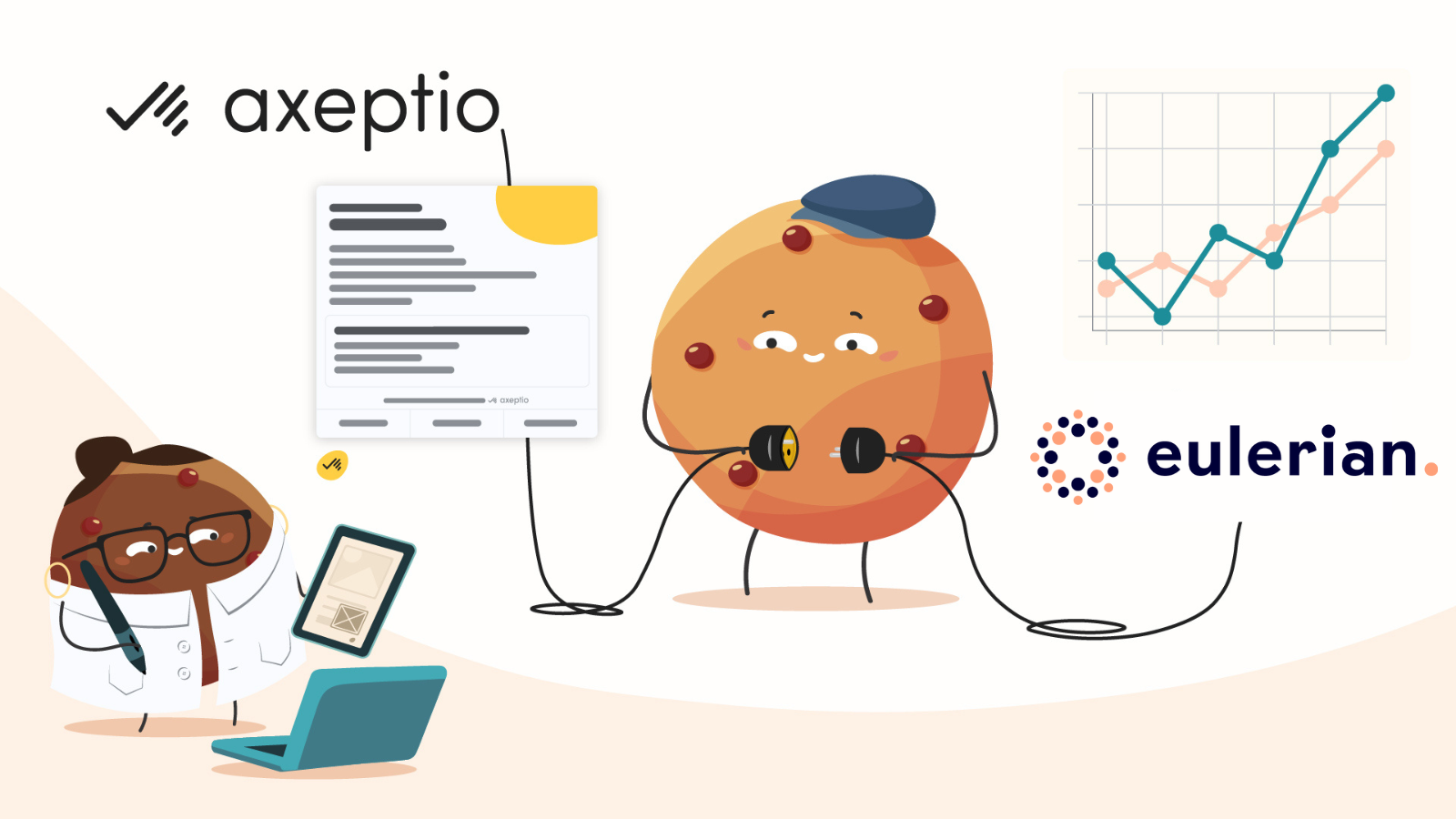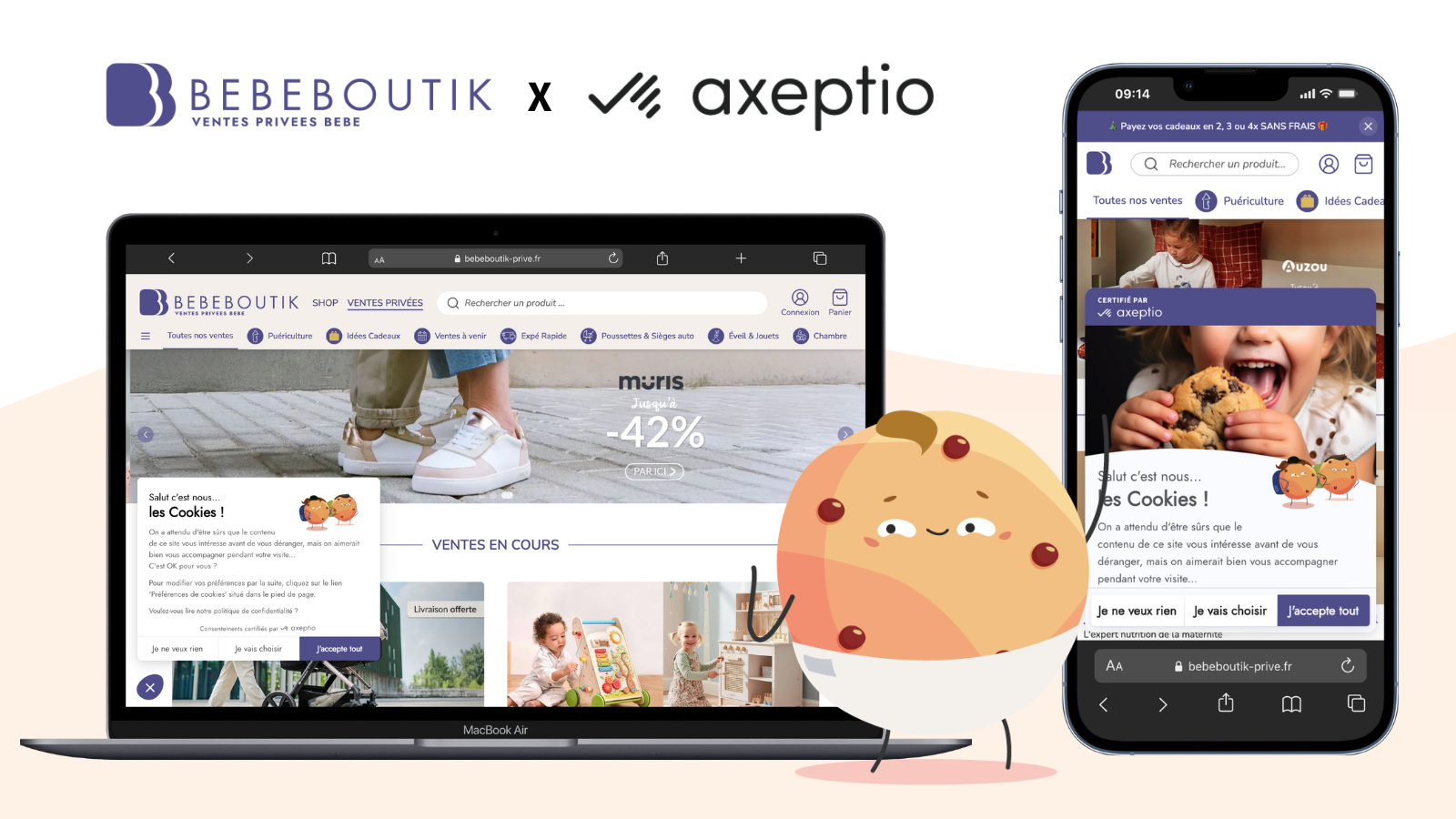Between stricter data regulations, increasingly sophisticated tracking prevention technologies (ITP, ETP, adblockers…), and the ever-pressing need for marketers to accurately measure campaign performance, tech giants are being forced to rethink the fundamentals of how they collect, secure, and activate user data.
Just a few days ago, our team was in London for the Google CMP Partner Summit. And today, we're unpacking the three strategic pillars Google is betting on to shape the future of data-driven marketing: Google Tag Gateway, Google Ads Data Manager, and TEE (Trusted Execution Environment). Together, these tools may redefine how your business captures, protects, and leverages marketing signals.

Google Tag Gateway: A Shift in How Tags are Served
One of the headlining announcements at the CMP Partner Summit was Google Tag Gateway, a major shift in how tags are delivered on the web. The plan is to move away from third-party script delivery in favor of a first-party architecture that’s faster, more privacy-conscious, and better aligned with the realities of a cookieless world.
Instead of loading Google scripts (like GA4 or Google Ads) directly from Google’s domains, Tag Gateway allows advertisers to serve these scripts from their own domains, either through a CDN or a server-side Google Tag Manager (SGTM) setup hosted on their infrastructure.

The approach closely mirrors Meta’s own Signals Gateway, where businesses also handle the collection and dispatch of event data internally to improve integration speed and control costs.
According to Google, Tag Gateway offers three core benefits:
- Improved site performance: by eliminating third-party calls, page load times get a noticeable boost.
- Better signal detection: Google claims a 13% increase in conversion signals when tags are loaded via Tag Gateway, meaning more usable data for measuring campaign performance and ROI.
- Enhanced security: reducing reliance on third-party scripts inherently lowers exposure to external risks.
More data doesn't mean much without a system that can orchestrate it all, however. That’s where Google Ads Data Manager comes into play.
Google Ads Data Manager: Bridging Online and Offline Data in One Interface
Alongside Tag Gateway, Google spotlighted Ads Data Manager as a keystone in its evolving adtech ecosystem. This interface is designed to make it easier for marketers to import and activate both online and offline data—think CRM records, in-store conversions, and more. The goal is to provide a single entry point to unify all first-party data and activate it across Google’s suite of products (Google Ads, GA4, etc.).
Not only does Ads Data Manager allow advertisers to enrich tracking tags with offline signals (via API-based ID matching), it also boosts attribution capabilities, helping campaigns get credit for more conversions.
According to Google, it could enable up to 20% more conversions to be measured and attributed, offering marketers more accurate performance insights and stronger budget control.
By connecting online and offline data more effectively, Google is giving marketers a genuine lever to regain visibility over campaign performance. However, this new efficiency only works if built on a foundation of trust, and consent. That’s where CMPs like Axeptio play a vital role. — Romain Bessuges-Meusy, CEO of Axeptio
TEE: A Privacy-preserving Vault for Sensitive Data Matching
Another key trend gaining traction within Google’s strategy is TEE, or Trusted Execution Environment. This isn’t new tech—it’s already used within Google Ads—but it’s becoming increasingly central to how data matching happens securely. TEE refers to a secure enclave, an isolated environment where sensitive data can be encrypted end-to-end and processed safely (even Google can’t access the underlying identifiers).
This technology enables confidential matching between encrypted CRM data (like email addresses or phone numbers) and Google identifiers. The process happens entirely within the enclave, with built-in attestation mechanisms ensuring the system’s integrity.
The big takeaway? TEE offers advertisers a robust way to protect first-party data during matching operations. By keeping sensitive data inside a shielded environment, brands can maintain control over their customer information while still benefiting from precise matching for campaign activation—a direct answer to growing concerns about data privacy in cross-channel measurement.
Google Tag Gateway & Google Ads Data Manager : What About Consent?
In this new architecture, Consent Management Platforms (CMPs) are more critical than ever. Google makes it clear in its documentation: CMPs need to be able to link user consent with user identifiers, regardless of whether the data originated online or offline.
This means CMPs like Axeptio have a crucial mission. They must ensure granular consent tracking across every data touchpoint, consistency between a user’s stated preferences and the contact points associated with them (email, phone, etc.), and real-time interrogation of consent status before any data is activated in external systems based on each user’s local data protection law (GDPR, CCPA, Quebec’s Law 25…)
That’s exactly the purpose of Subs, Axeptio’s marketing preferences platform.
With Subs, Axeptio positions itself as a trusted intermediary between an advertiser’s online data, offline CRM records, and marketing activation. By centralizing preferences and contact points, Subs becomes a key link in the data value chain, for both marketers and data protection officers. — Romain Bessuges-Meusy, CEO of Axeptio
Curious about how Subs works in practice?






